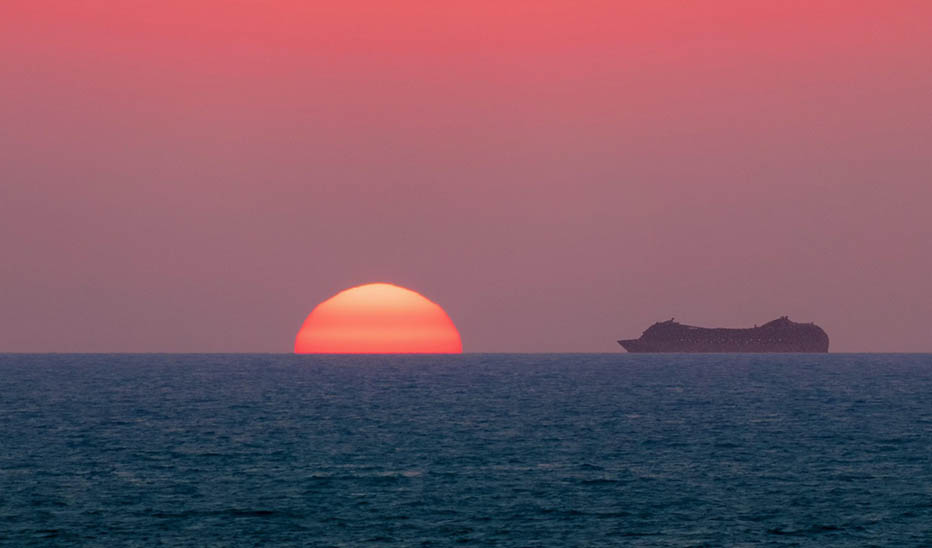A Baltic cruise offers a unique and enriching journey through some of Northern Europe’s most captivating destinations, combining history, culture, and breathtaking landscapes. Sailing through the Baltic Sea, these cruises typically visit a range of fascinating cities, including Copenhagen, Stockholm, Helsinki, and Tallinn, as well as the magnificent former Russian capital, St Petersburg. Each destination offers a distinct charm, from the colourful waterfront of Nyhavn in Copenhagen to the fairy-tale old town of Tallinn, with its medieval walls and cobbled streets. A highlight for many travellers is the opportunity to explore St Petersburg, home to opulent palaces, world-class museums such as the Hermitage, and the stunning Church of the Saviour on Spilled Blood. Unlike many other cruise regions, a Baltic itinerary often includes overnight stays in key ports, allowing passengers more time to experience the vibrant nightlife, fine dining, and cultural attractions of these remarkable cities.
The experience aboard a Baltic cruise ship is just as impressive as the destinations themselves, offering a combination of luxury, entertainment, and relaxation. Modern cruise liners are equipped with elegant lounges, spa facilities, gourmet restaurants, and a variety of activities to suit every traveller’s interests. Guests can enjoy fine dining with fresh, locally inspired cuisine, take part in enrichment programmes focused on the history and culture of the region, or simply relax on deck as the ship sails past stunning coastlines and remote Nordic islands. The Baltic region’s cooler climate makes it an ideal choice for those who prefer a more temperate summer holiday, with long daylight hours allowing for extended exploration. Whether you are drawn to the region’s imperial history, stunning architecture, or vibrant cultural scenes, a Baltic cruise offers a seamless and luxurious way to discover the treasures of Northern Europe while enjoying world-class hospitality and comfort.

Book Your Cruise Early
Baltic cruises are popular, especially during the summer months when the weather is at its best. Booking early ensures you get the best choice of cabins, potential discounts, and preferred itineraries. If you want to avoid peak season crowds and high prices, consider cruising in late spring (May–June) or early autumn (September), when the ports are less busy, but the weather is still pleasant.
Choose the Right Itinerary
Baltic cruises typically visit a mix of cultural and historical destinations, including cities like Copenhagen, Stockholm, Helsinki, Tallinn, and St. Petersburg (though access to Russia may vary). Some itineraries also include stops in Poland and Germany. Make sure to choose an itinerary that includes the destinations you’re most interested in, as each city has its own unique charm and attractions.
Pack for Variable Weather
The Baltic region has unpredictable weather, even in summer. While you can expect mild temperatures, rain showers and chilly evenings are common. Pack layers, including a waterproof jacket, a jumper, and comfortable shoes for walking. If you're cruising in early or late season, gloves and a hat may also come in handy, particularly for breezy days at sea.
Plan Shore Excursions in Advance
Many Baltic cruise ports offer incredible cultural and historical experiences, but some cities require careful planning. In places like St. Petersburg, a visa is required for independent exploration, though booking a shore excursion through the cruise line or an authorised tour company can bypass this requirement. Cities like Tallinn, Stockholm, and Copenhagen are easy to explore on your own, while others, like Berlin, may require a long transfer from the port.
Be Prepared for High Onboard Costs
While your cruise fare includes accommodation and meals, additional costs such as drinks, speciality dining, spa treatments, and excursions can quickly add up. Many cruise lines offer drinks packages or all-inclusive options that might be worth considering. Also, check whether gratuities are automatically added to your bill, as this varies by cruise line.
Respect Local Currencies
While the euro (€) is widely used in some Baltic ports, others have their own currencies. Denmark (krone), Sweden (krona), and Norway (krone) all use different currencies, and while credit cards are widely accepted, it’s helpful to carry a small amount of local cash for small purchases and tips. Estonia, Germany, and Finland use the euro, making payments more straightforward in those destinations.
Make the Most of the Long Summer Days
If you're cruising in June or July, you'll experience the White Nights, where the sun barely sets, particularly in northern destinations like St. Petersburg and Helsinki. This allows for extended sightseeing hours and unique experiences such as late-night canal cruises or evening walking tours. However, if you're sensitive to light when sleeping, bringing an eye mask can be useful.
Stay Connected Without High Costs
Onboard Wi-Fi can be expensive, and roaming charges in different countries can add up. Some cruise lines offer Wi-Fi packages, but you can also look for local SIM cards or portable Wi-Fi hotspots for a cheaper alternative. Many ports, particularly in Scandinavia, have excellent free Wi-Fi in cafés or public areas, making it easy to check messages and maps when ashore.
Be Aware of Local Etiquette
Different countries have different customs and traditions. In Scandinavian countries, people value personal space and quietness, while in Germany and Estonia, punctuality is important. Tipping customs also vary—while tipping is common in Germany, it is less expected in Scandinavian countries where service charges are often included in the bill. Learning a few basic phrases like "thank you" in the local language can go a long way in showing respect.
Prepare for Seasickness
While the Baltic Sea is generally calmer than the open ocean, rough waters can occasionally occur, especially in spring and autumn. If you're prone to motion sickness, consider bringing seasickness bands, ginger tablets, or medication. Booking a cabin in the middle of the ship on a lower deck can also help minimise the effects of movement.